We all need a break from humanity sometimes. The constant notifications, the endless small talk, and the overwhelming crowds can make even the most social butterflies crave solitude. Getting away doesn’t have to mean locking yourself in your home—sometimes, the best escapes are found in remote corners of the world where silence reigns and fellow tourists are blissfully absent.
Here is a list of 20 destinations where you can enjoy magnificent landscapes, unique experiences, and, most importantly, minimal human interaction.
Isle Royale National Park, Michigan

This remote island in Lake Superior receives fewer visitors in a year than Yellowstone gets in a single day. Accessible only by boat or seaplane, Isle Royale offers 165 miles of trails through dense forests where you’re more likely to encounter a moose than another hiker.
The park closes completely from November to April, making summer visits surprisingly peaceful.
Pitcairn Islands, South Pacific

Home to just 50 permanent residents, this British Overseas Territory might be the definition of getting away from it all. The journey requires multiple flights followed by a 32-hour boat ride from Tahiti. Your reward?
Pristine beaches, crystal waters, and entire days without seeing anyone outside your accommodation.
Like Travel Pug’s content? Follow us on MSN.
Mongolia’s Gobi Desert, Mongolia

The vast emptiness of the Gobi offers solitude on an epic scale. With fewer than five people per square mile in some regions, you can drive for hours without seeing another soul.
Stay in a traditional ger (yurt) camp where the nearest neighbor might be 10 miles away, and the night sky delivers a star show unmarred by light pollution.
Tristan da Cunha, South Atlantic
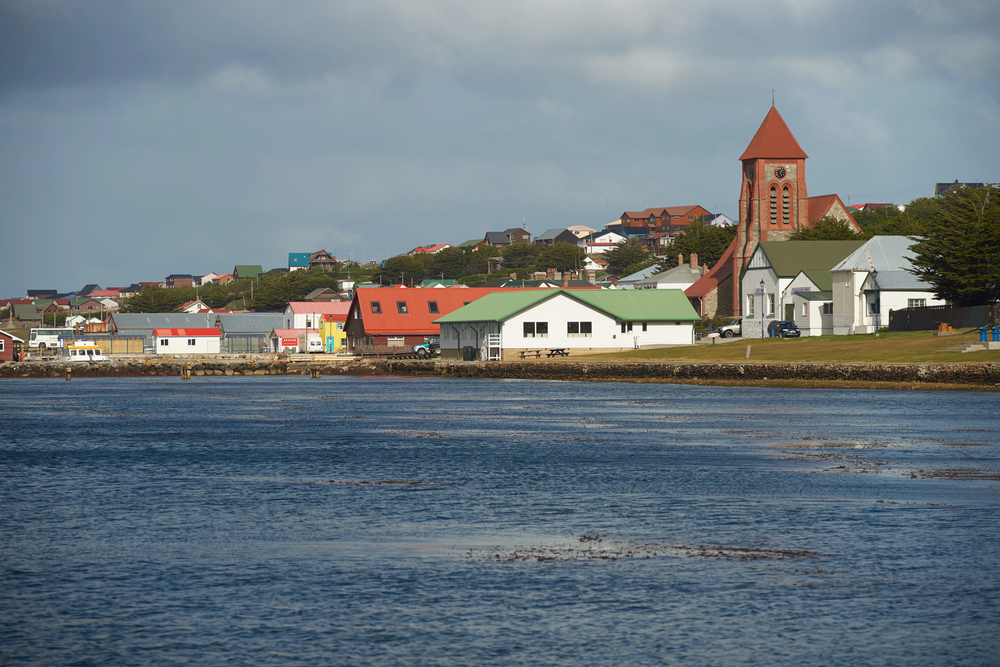
As the most remote inhabited island in the world, Tristan da Cunha sits 1,500 miles from the nearest continent. The 245 residents are vastly outnumbered by albatrosses and penguins.
With no airport, visitors must take a six-day boat journey from South Africa, guaranteeing that casual tourists simply don’t exist here.
Boundary Waters, Minnesota
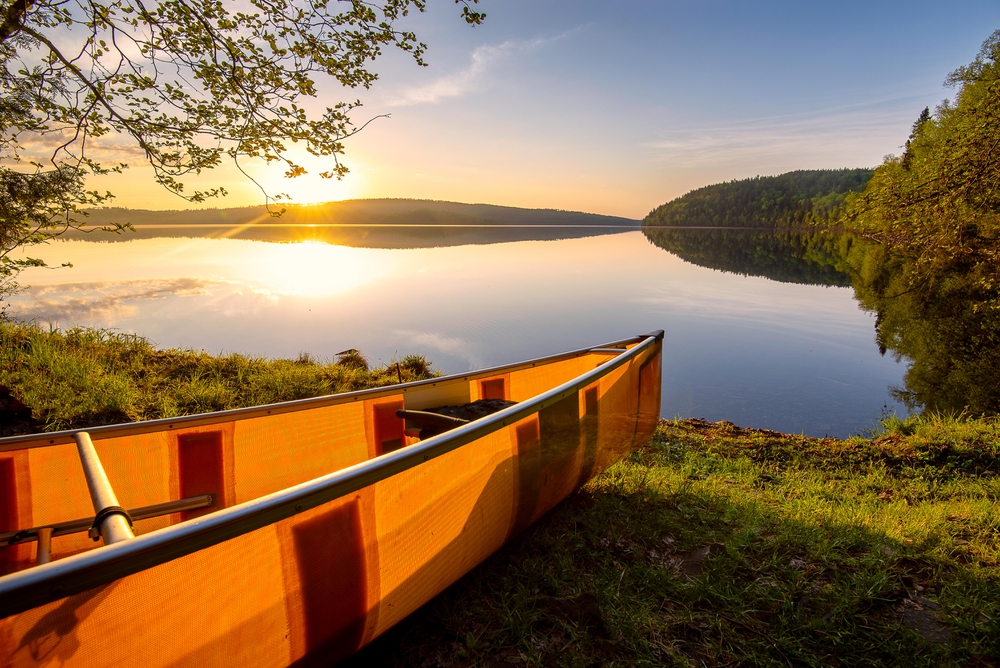
This million-acre wilderness area contains over 1,000 lakes and streams accessible only by canoe. Motorized vehicles are prohibited, meaning the deeper you paddle, the fewer people you’ll encounter.
Fall visitors often report paddling for days without seeing another human, with only the call of loons breaking the silence.
Like Travel Pug’s content? Follow us on MSN.
Knoydart Peninsula, Scotland

Nicknamed ‘Britain’s last wilderness,’ this rugged Scottish peninsula has no connecting roads to the mainland. Access requires either a 16-mile hike over mountainous terrain or a boat ride across Loch Nevis.
The peninsula’s single pub, The Old Forge, might be the only place you’ll encounter fellow humans—and even then, the total population hovers around 100 people.
Karoo National Park, South Africa
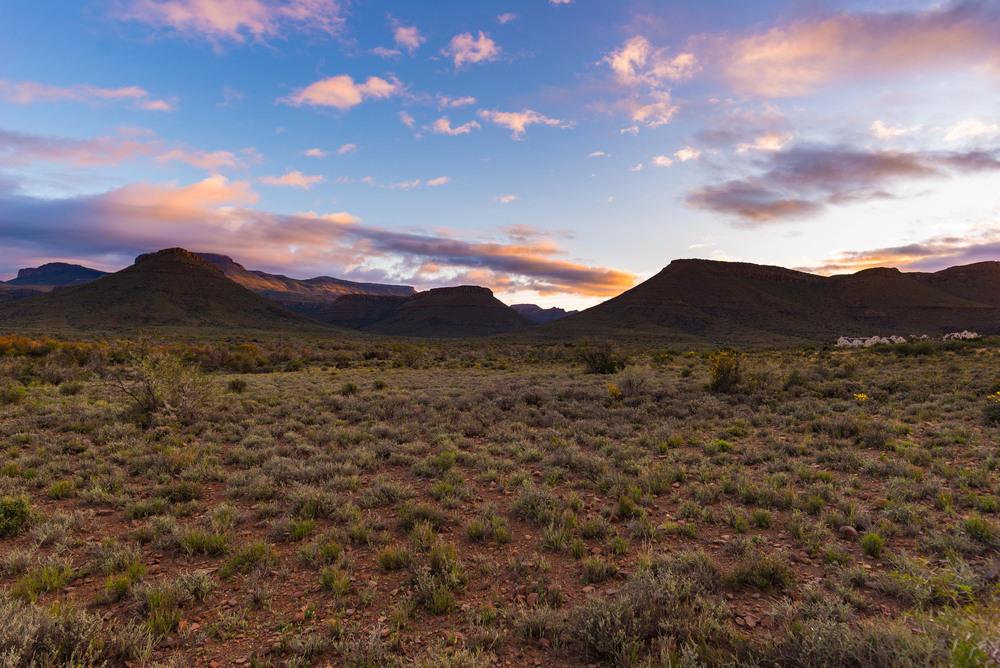
While safari-goers flock to Kruger, the semi-desert Karoo remains blissfully empty. The vast open spaces stretch to the horizon, with few visitors to interrupt your communion with nature.
Night drives reveal aardvarks and bat-eared foxes rather than camera-toting tourists, and stargazing here feels like having the universe to yourself.
Torres del Paine in Winter, Chile

This Patagonian National Park transforms in winter when summer crowds disappear entirely. From May to September, you might have iconic trails completely to yourself, with only the occasional guanaco for company.
The famous granite towers look even more dramatic against winter skies, and you won’t have to jockey for position to capture that perfect photo.
Like Travel Pug’s content? Follow us on MSN.
Cape Range National Park, Western Australia
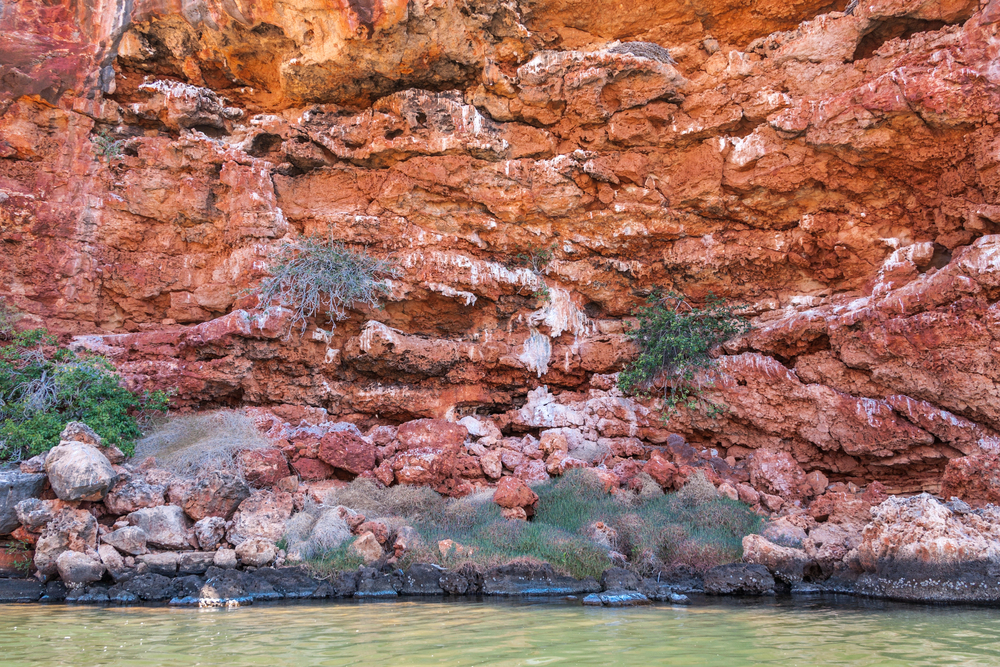
The isolated northwest coast of Australia offers empty beaches stretching for miles alongside vibrant coral reefs. Unlike the crowded Great Barrier Reef, Ningaloo Reef can often be enjoyed in splendid isolation.
Camp in the national park, and you might have entire beaches to yourself save for the occasional wallaby hopping by at sunset.
Hornstrandir Nature Reserve, Iceland
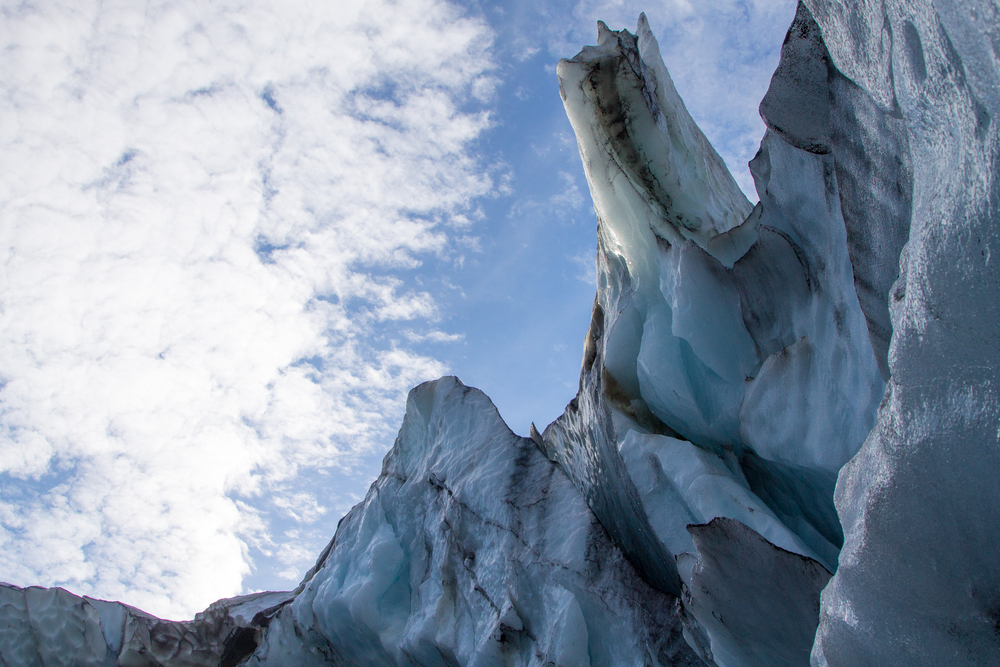
Iceland may be popular, but this abandoned northernmost peninsula remains virtually untouched. With no roads, shops, or services and accessible only by boat in summer, Hornstrandir offers Arctic foxes and silent fjords instead of tourist buses.
The challenging terrain and complete lack of infrastructure keep all but the most determined visitors away.
Faroe Islands, North Atlantic
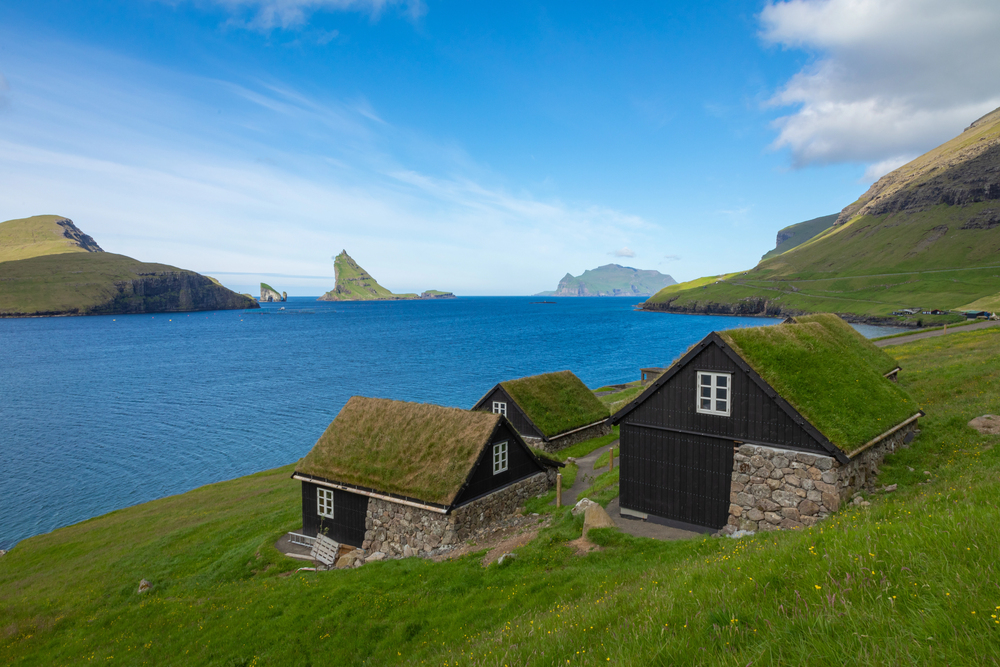
These 18 volcanic islands between Iceland and Norway offer dramatic landscapes without the crowds. Outside the tiny capital of Tórshavn, you’ll find empty hiking trails leading to vertical sea cliffs where puffins outnumber people thousands to one.
Visit in winter, and you might have entire villages to yourself, along with moody, atmospheric landscapes.
Like Travel Pug’s content? Follow us on MSN.
The Kalahari Desert, Botswana
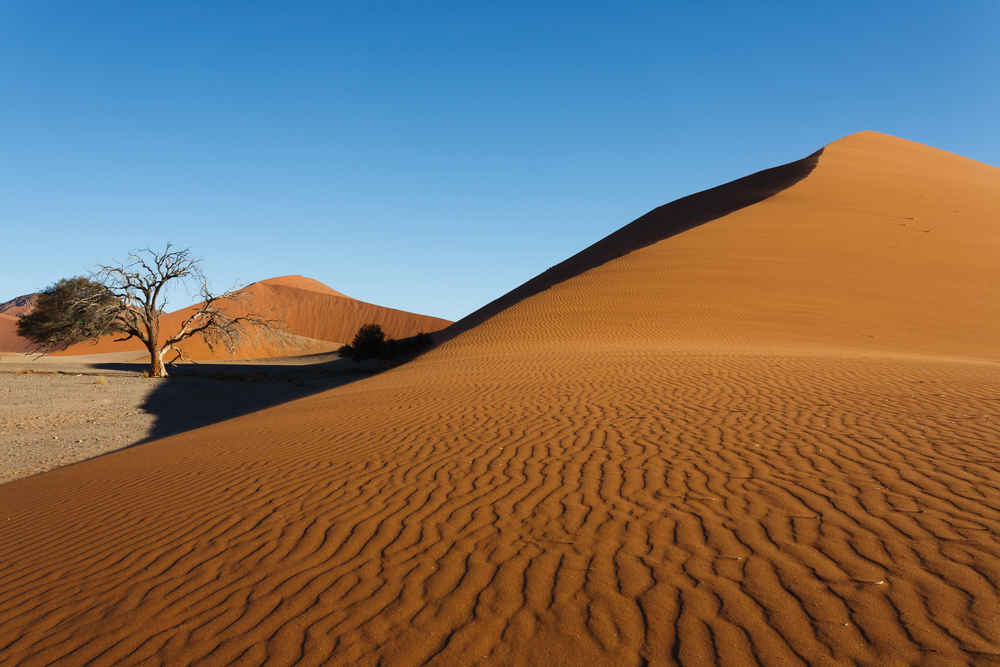
Northern Botswana’s vast wilderness offers one of Africa’s lowest population densities. The Central Kalahari Game Reserve spans 20,400 square miles with just a handful of camps, meaning your game drives often feel like private wildlife documentaries.
The silence here is so complete you can hear the rustle of a snake moving through distant grass.
Chocó Department, Colombia

While tourists flock to Colombia’s Caribbean coast, the Pacific region of Chocó remains wonderfully untouched. Dense rainforests meet black-sand beaches where you can watch humpback whales without another boat in sight.
Some beaches are accessible only by boat, and accommodations are limited to a few eco-lodges spaced miles apart.
Ittoqqortoormiit, Greenland
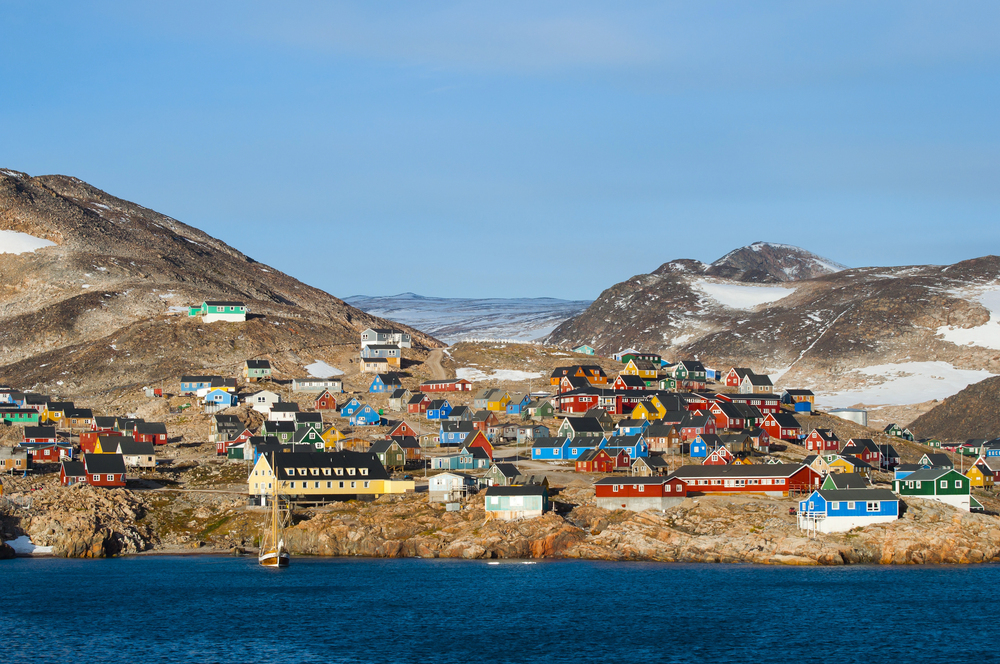
With just 350 residents, this colorful village sits at the entrance to the world’s largest fjord system. The nearest settlement is 500 miles away, and polar bears sometimes outnumber visitors.
Getting here requires such determination—flights via Iceland and a helicopter transfer—that you’ll rarely see another tourist during winter visits.
Like Travel Pug’s content? Follow us on MSN.
Quttinirpaaq National Park, Canada

Canada’s northernmost national park receives fewer than 100 visitors annually. Located on Ellesmere Island, just 500 miles from the North Pole, this Arctic desert landscape offers 24-hour summer daylight and absolute solitude.
The park’s name means ‘top of the world’ in Inuktitut, and standing on its empty plateaus, you’ll understand why.
Stewart Island, New Zealand
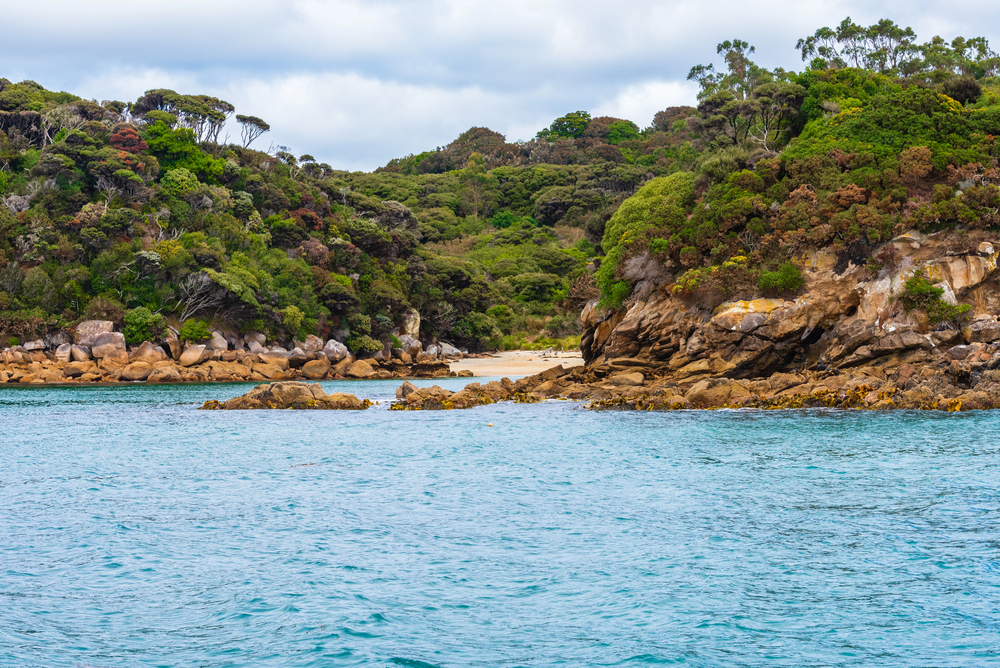
While both of New Zealand’s main islands attract crowds, this third, southernmost island remains peacefully undiscovered. With just 400 permanent residents and 85% of the island designated as a national park, you can hike for days through ancient forests without encountering another soul.
The island’s dark sky sanctuary status makes it perfect for stargazing in splendid isolation.
Svaneti, Georgia
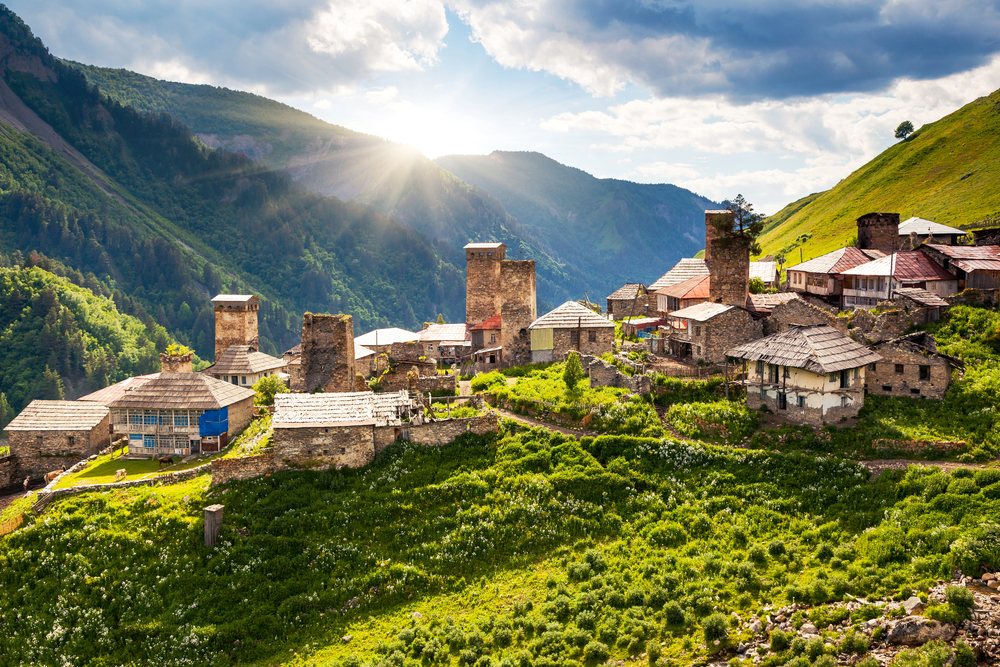
Tucked into the highest reaches of the Caucasus Mountains, this medieval region remains one of Europe’s most isolated areas. Stone defensive towers dot valleys where some villages receive no visitors for months during heavy winter snows.
Summer brings accessibility but still relatively few tourists compared to more established European destinations.
Like Travel Pug’s content? Follow us on MSN.
Torngat Mountains National Park, Newfoundland
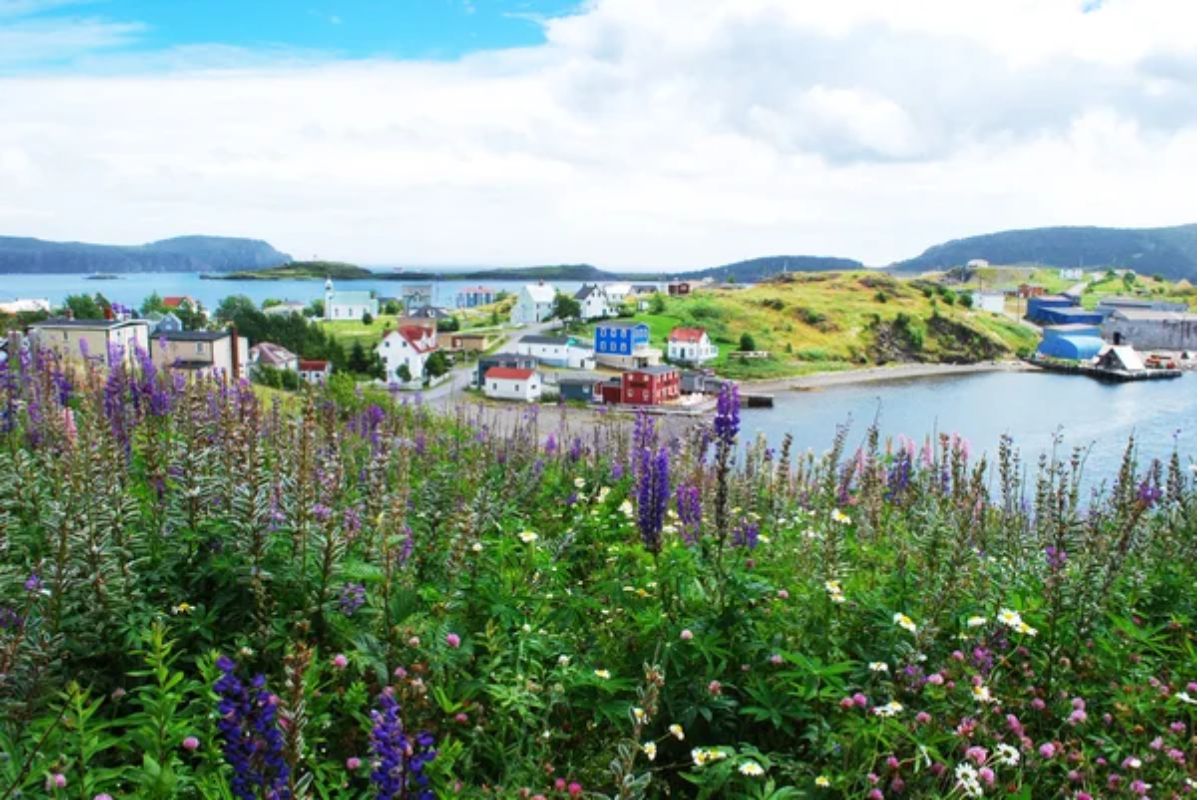
This remote Canadian park has no roads, trails, or permanent facilities. Accessible only by charter plane or boat during the brief summer season, it offers pristine Arctic landscapes where polar bears and caribou far outnumber humans.
The park’s name means ‘place of spirits’ in Inuktitut, and the spiritual silence of its landscapes certainly lives up to the name.
Makgadikgadi Pans, Botswana

These salt flats—among the largest on earth—create an otherworldly landscape where the horizon seems infinite. During the dry season, the cracked white surface stretches uninterrupted for miles, creating a sensory deprivation experience unlike any other.
Camping here means experiencing the true darkness and silence that city dwellers can barely imagine.
Bay of Islands, New Zealand
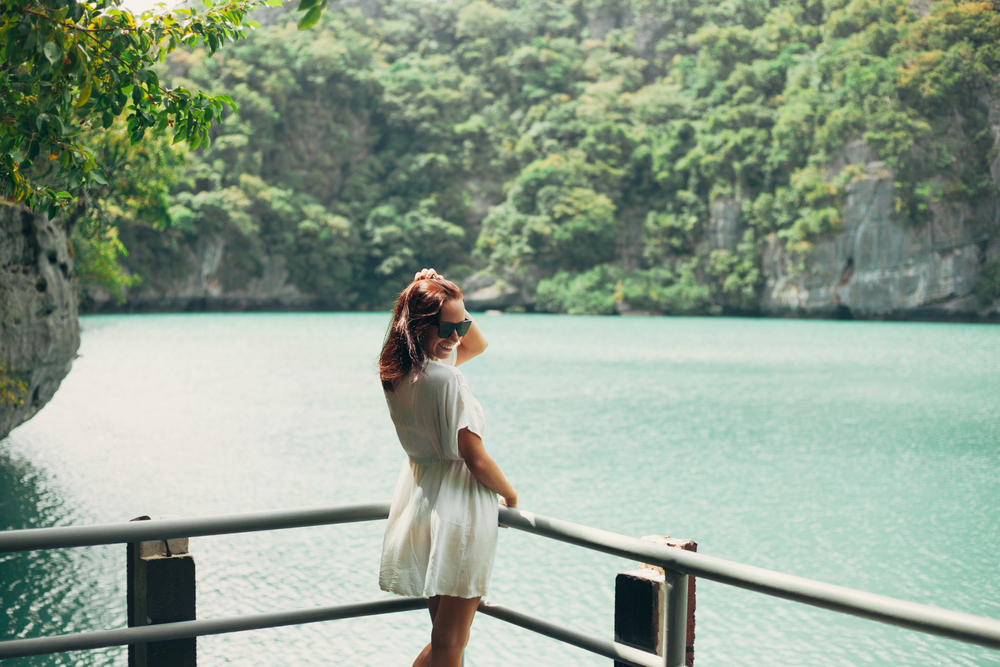
Don’t let the name fool you—with 144 islands scattered across this peaceful bay, finding your private paradise is surprisingly easy. Rent a kayak and paddle to uninhabited islands where you can have entire beaches to yourself, even in high season.
Remote coves provide perfect anchoring spots for sailors seeking solitude on crystalline waters.
Like Travel Pug’s content? Follow us on MSN.
Finding Peace in Empty Spaces

These destinations offer more than just an absence of crowds—they provide a genuine connection with landscapes untamed by human presence. In our increasingly connected world, places of profound quiet have become the ultimate luxury.
Whether you’re seeking temporary respite from social overload or simply appreciate the beauty of undisturbed nature, these remote corners prove that sometimes, the best travel companions are silence and solitude.
More from Travel Pug

- 20 Destinations That Were Once Thriving but Are Now Quietly Disappearing
- 13 Destinations Where Tourists Regularly Regret Their Trip
- 20 Once-Popular Beach Towns That Are Now Ghostly Empty
- 10 Under-the-Radar Mountain Towns That Are Both Affordable and Beautiful
- Take a ‘Learning Vacation’ in These 20 Extraordinary Places
Like Travel Pug’s content? Follow us on MSN.
